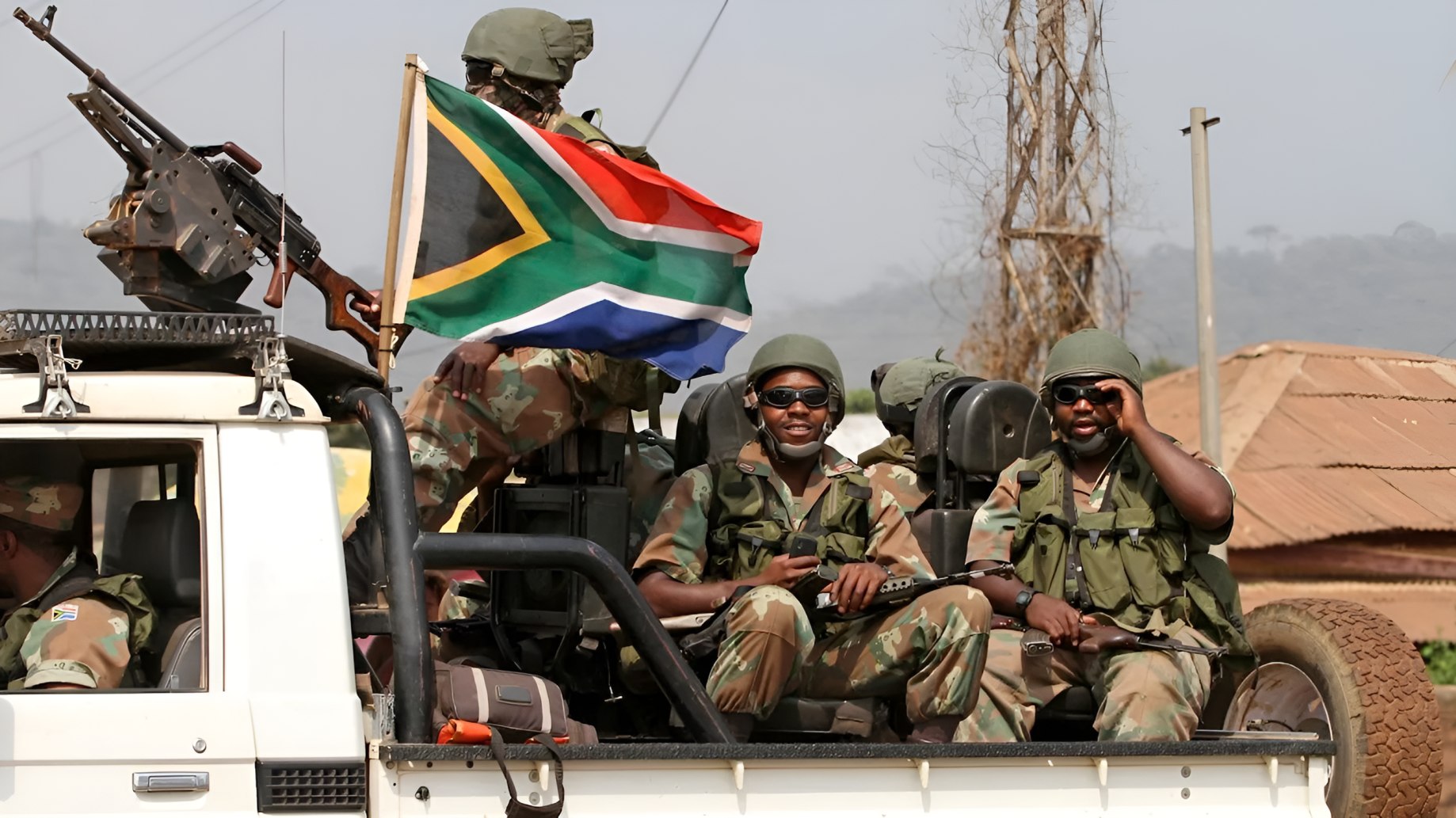South African soldiers who have been involved in the conflict in the eastern Democratic Republic of Congo have started gathering in Tanzania as part of their withdrawal process, with the majority expected to return home by the end of this month, according to the country's defence chief.
The withdrawal, which commenced on April 29, involves a phased exit, with troops leaving the DRC by road through Rwanda before crossing into Tanzania.
From there, they will make their way back to South Africa by sea and air, with plans for their full return to be completed by May's end, General Rudzani Maphwanya confirmed.
The soldiers are part of a Southern African Development Community (SADC) regional force that was deployed to eastern DRC in December 2023 amid a resurgence of the M23 armed group.
The M23 has gained control over large areas in the resource-rich region.
A total of thirteen trucks, carrying 57 personnel from the SADC peacekeeping force (SAMIDRC), had already assembled at a designated point in Tanzania, according to Maphwanya's statement to the press.
The subsequent group of personnel is set to begin their withdrawal next week, he added.
"The personnel will travel by air from Tanzania to South Africa, while the cargo will be transported by sea," he explained.
By the end of May 2025, the majority of personnel are expected to be back in South Africa, with the exception of those tasked with overseeing the shipment of equipment.
The Southern African Development Community (SADC) opted to terminate its SAMIDRC mission in mid-March following the deaths of 17 soldiers, mostly South Africans, during M23 rebel attacks in January.
Since then, troops have remained stranded in the region.
Although SADC confirmed the commencement of the withdrawal last week, it did not provide further details.
Meanwhile, on April 30, the International Committee of the Red Cross reported the evacuation of several hundred Congolese soldiers and police officers.
These personnel had been trapped for months at United Nations bases in Goma after M23 rebels seized control of the city in eastern DRC.
Southern African defence chiefs have notified the M23 rebels of their intention to pull out all troops and gear without conditions, according to Maphwanya.
He emphasized that nothing would be left behind: "Not even a pin will be left by SADC in eastern DRC."
Although officials have not disclosed the full scale of the SAMIDRC mission, it is understood that the majority of forces are from South Africa, with estimates suggesting around 1,300 soldiers were deployed.
South African troops are also present in the Democratic Republic of Congo (DRC), serving under a separate UN peacekeeping mission.
Public pressure for their evacuation intensified in South Africa following the deaths of 14 of its soldiers in the region in January.
While the majority of those killed were part of the Southern African Development Community (SADC) mission, at least two were affiliated with the UN operation.
Additionally, three Malawian soldiers attached to the SADC force lost their lives, and Tanzania confirmed the deaths of two of its troops during the clashes.
Lieutenant General Rudzani Maphwanya emphasized that the decision to withdraw forces from the DRC should not be seen as a retreat or neglect of civilians affected by the ongoing violence.
"Our pullout is a strategic decision aimed at facilitating continued peace efforts and mediation," he stated.
This development follows a diplomatic meeting in Qatar, where US President Donald Trump’s senior adviser on African affairs held talks with representatives from the DRC and Rwanda, part of a broader American initiative to help resolve the conflict.
Both the United Nations and the United States have alleged that the M23 rebel group is receiving military backing from Rwanda — claims that Rwanda has firmly denied.
